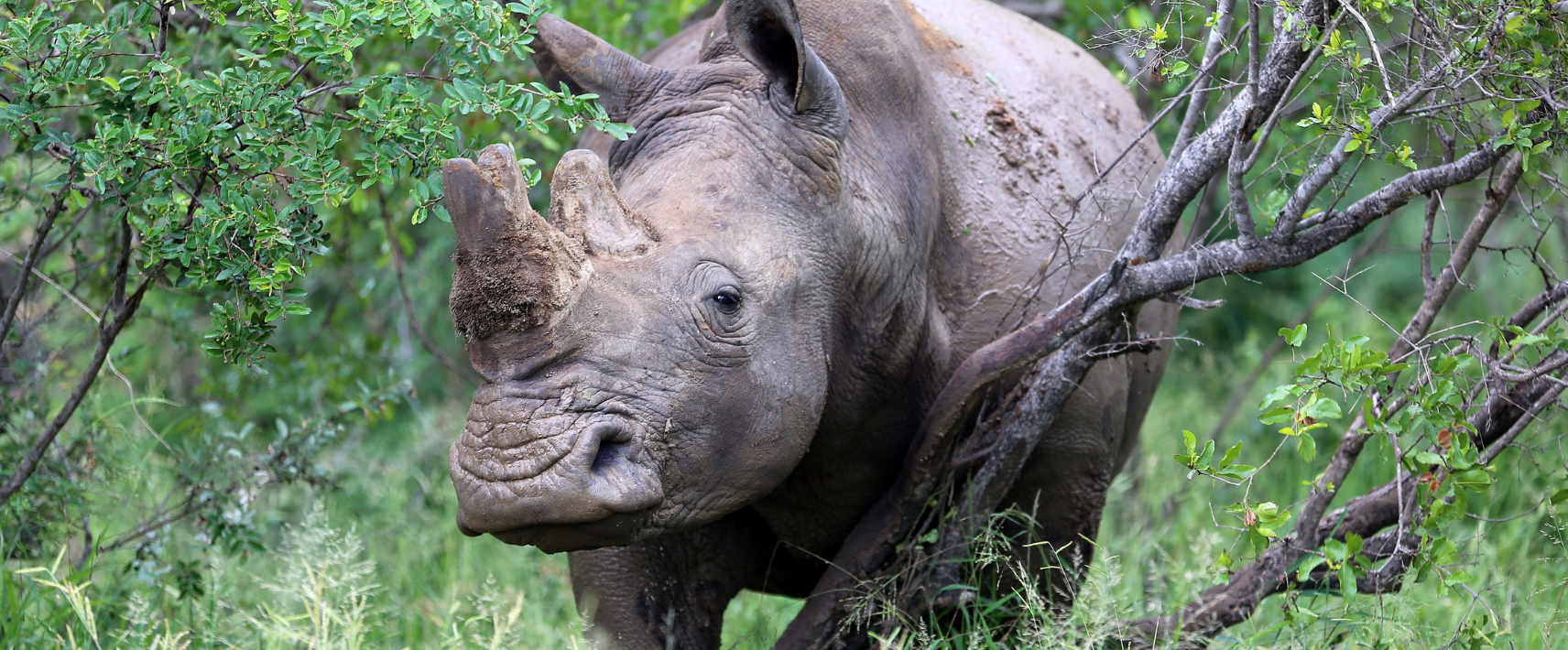One of the most important global meetings on wildlife trade has just wrapped up in Uzbekistan. It’s capital city Samarkand was where governments convened for the 20th Conference of the Parties (CoP20) to the Convention on International Trade in Endangered Species of Wild Fauna and Flora (CITES) to decide how international trade should be managed for some of the world’s most threatened...
Humane Society International welcomes agreement being reached at COP 15 in Montreal on the Global Biodiversity Framework. If governments go home and get to work on thoroughly implementing what they have agreed to at Biodiversity COP 15 and Climate COP 27, then the natural world should be in a better place in 2030 than it is today. Australia went into the negotiations already committed to protecting 30% of our land and 30% of our sea, to no new extinctions, and to reforming our national environment laws. It was great to see Australia playing a positive role in these global negotiations. To meet the commitments back home, native forest logging, critical habitat clearance, fossil fuel extraction and other business as usual must end, and the government must prioritise the environment in next year’s budget. There is an enormous effort ahead and the work starts now. HSI is committed to doing our part.
What is the Global Biodiversity Framework?
Parties at the 15th meeting of the Convention on Biological Diversity (Biodiversity COP 15) have agreed to a Post-2020 Global Biodiversity Framework which aims to address our ongoing loss of biodiversity and restore natural ecosystems. The agreed Framework includes four goals to be achieved by 2050 and 23 targets for achievement by 2030. Highlights include commitments to:
-
Halt and reverse nature loss by 2030.
-
By 2030, effectively conserve and manage at least 30% of the world’s lands, inland waters, coastal areas and oceans, with an emphasis on areas of particular importance for biodiversity and ecosystem functioning and services.
-
Restore 30% of degraded ecosystems around the world by 2030.
-
Reduce to near zero the loss of areas of high biodiversity importance, including ecosystems of high ecological integrity.
-
Prevent the introduction of priority invasive species and reduce by at least half the introduction and establishment of other known or potential invasive species.
The Framework was subject to extensive negotiations over a number of years with various Parties wanting to add or remove text. Australia played an important role in the recent negotiations, arguing for strong language in the final Framework.
HSI was pleased to see that Target 5 maintains the language of “reducing the risk of pathogen spill-over”, i.e. reducing the risk of situations where pathogens or zoonotic diseases are transmitted from wild animals to humans, such as during wildlife trade. As we know from the Covid pandemic, disease spill-over from wildlife to humans can be catastrophic. The 2022 Intergovernmental Science-Policy Platform on Biodiversity and Ecosystem Services Report on Sustainable Use recognised the increased risk of transmission of zoonotic diseases that arises from the shift to farming of wild species, and warns of increased zoonotic spill-over risk of novel or known pathogens from the intensification of existing or new uses of wildlife. Proposals to remove text relating to reducing the risk of pathogen spill-over from the Framework would have lessened pressure on governments to address pathogen risks from wildlife trade.
We were also pleased to see efforts to promote trophy hunting removed from the final text. Trophy hunting involves the killing of wildlife purely for the purpose of displaying parts of the animal – often the head or skin. It’s not something that should be promoted in a global framework to protect biodiversity.
Good first steps but there’s more work to do
Unfortunately, the final wording of the Framework didn’t include everything we would have liked to see. There is commitment to halt human induced extinction of known threatened species and reduce extinction risk for other species by 2050, but the world didn’t adopt Australia’s much stronger position of no new extinctions. 2050 is too long for the world to wait to halt our extinction crisis.
And while the Framework includes a commitment to a financing package to assist countries to implement the goals and targets, it is significantly less than is needed. Australia committed to mobilising existing funding to ensuring more nature positive outcomes, but no new funding was announced.
Despite these shortcomings, today we have a strengthened global commitment to protect and restore nature, and Australia has shown that it is willing to again be a world leader when it comes to environmental protection. Translating these commitments into action at home will take effort and resourcing. We know that we need to spend at least $1.6billion a year in Australia alone if we are to halt species extinctions and recovery threatened species, yet we currently only spend a fraction of that amount. The Framework’s commitment to phase out or reform subsidies that harm biodiversity are particularly relevant in a country like ours that continues to provide massive subsidies to the fossil fuel industry. Reformed environmental laws that ensure all decisions are aimed at ensuring nature positive outcomes, and budgets that support these decisions by directing funding at activities that protect, not harm, our environment will be key. We look forward to working with the Australian Government to make this a reality in 2023 and beyond.


